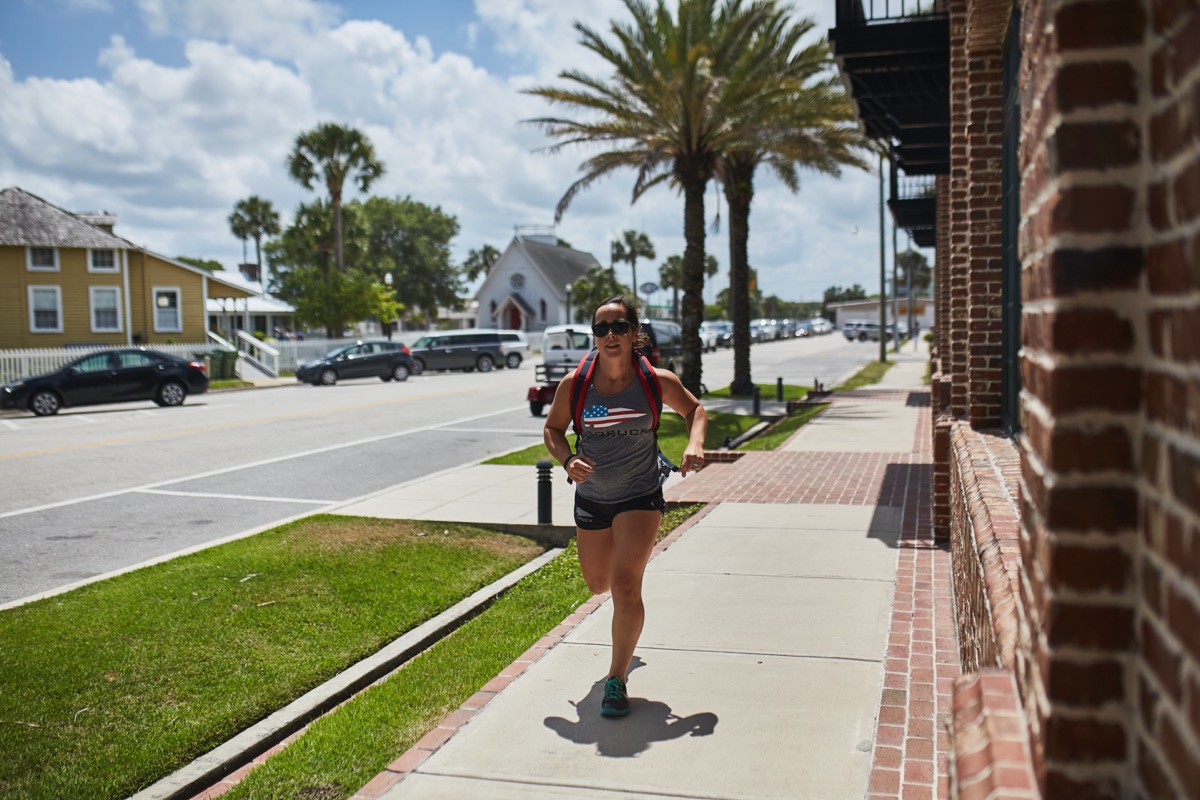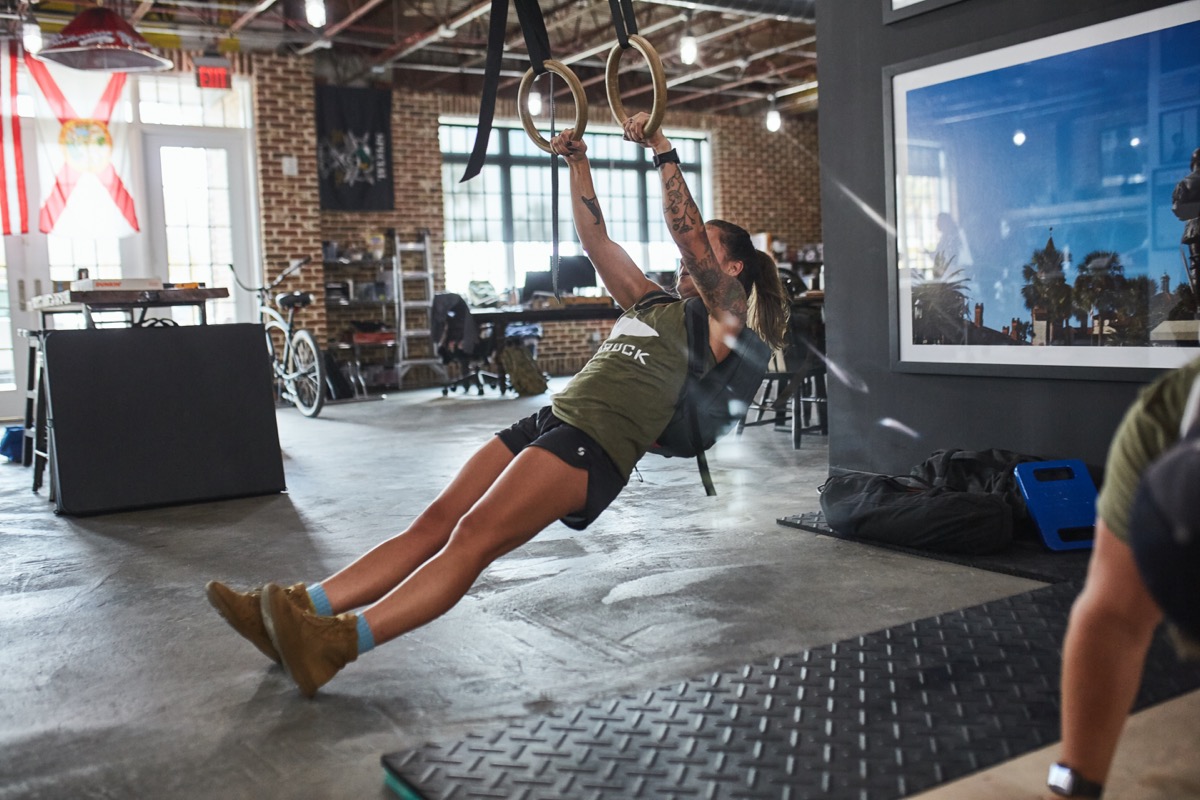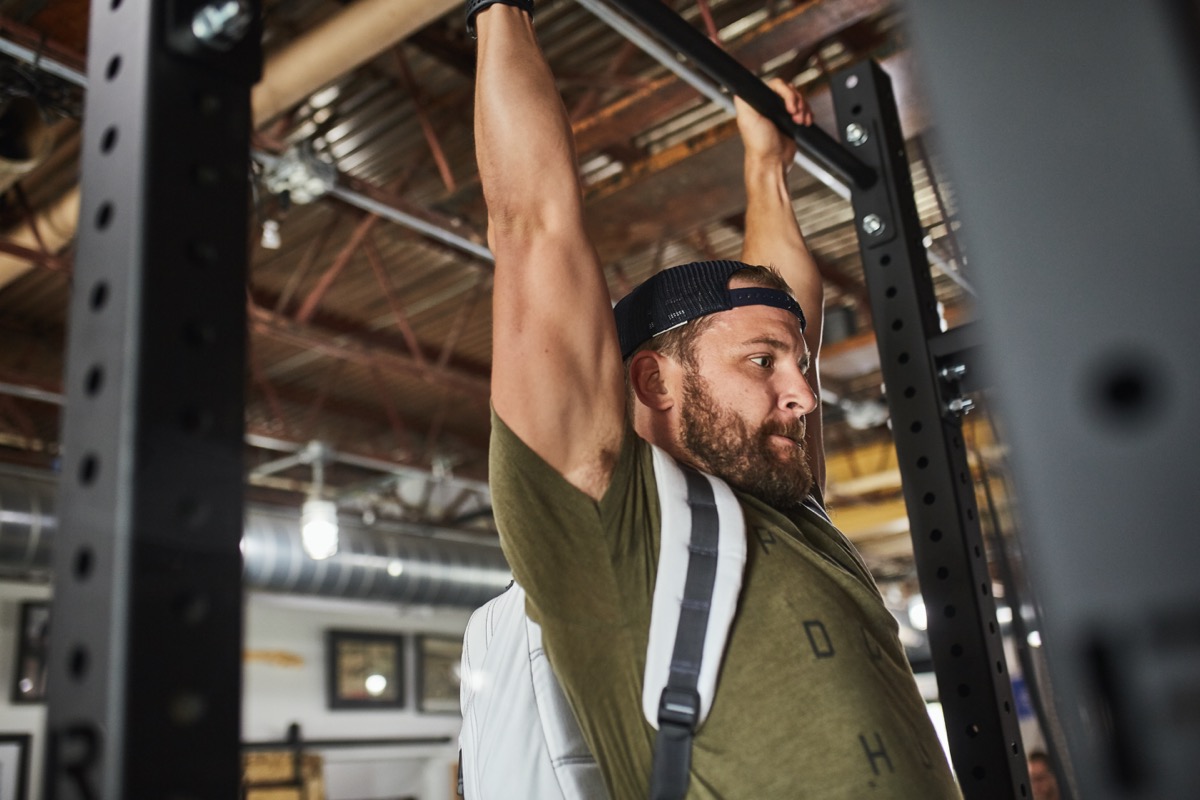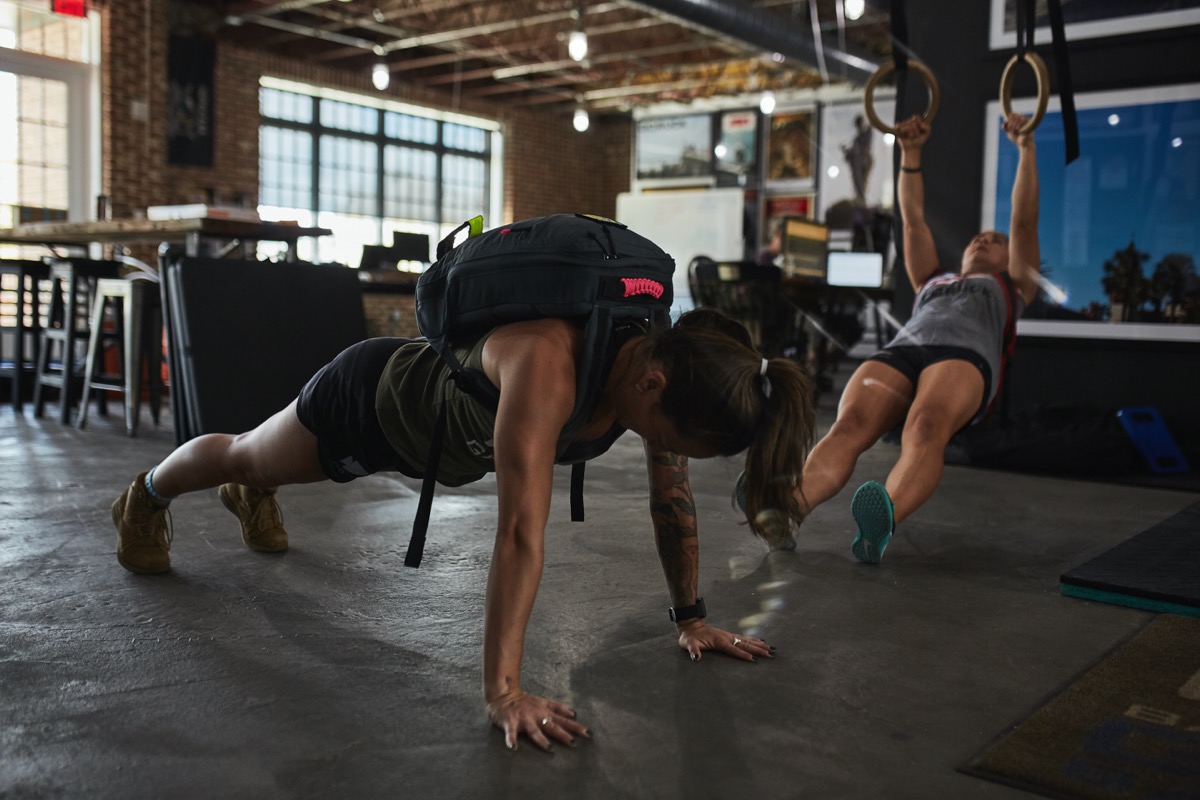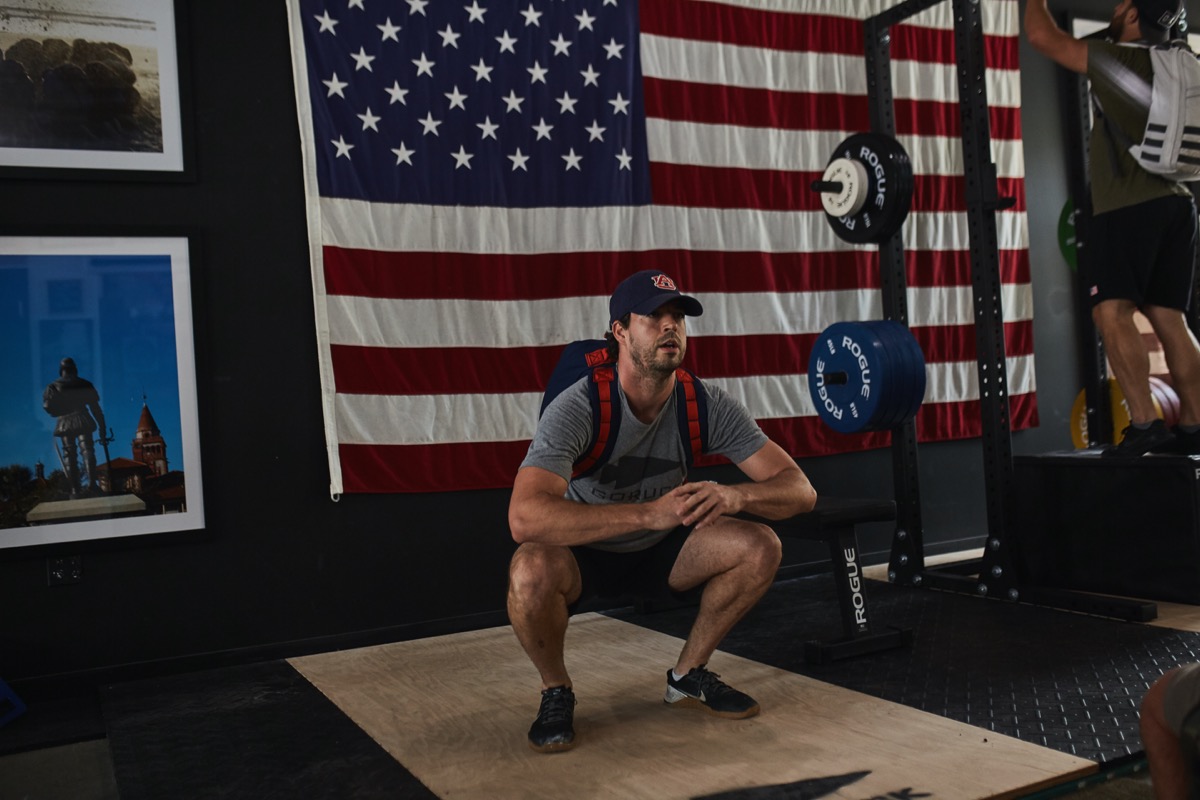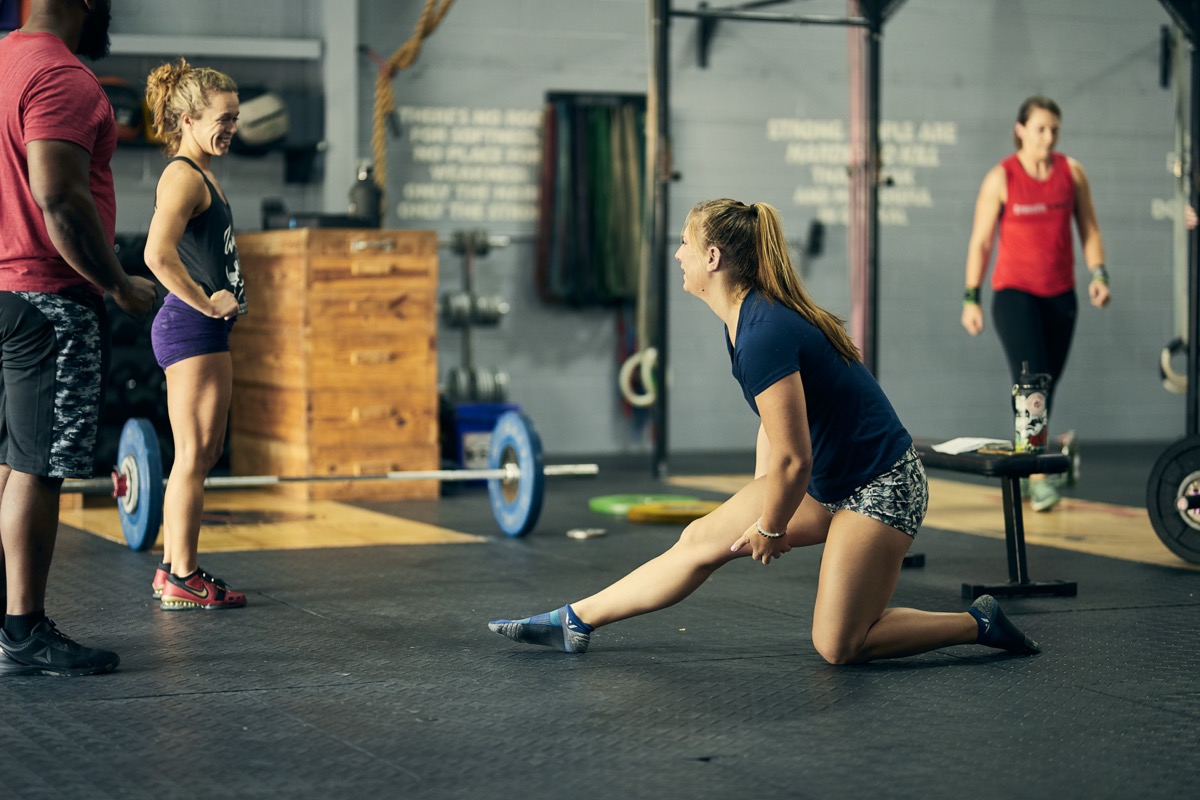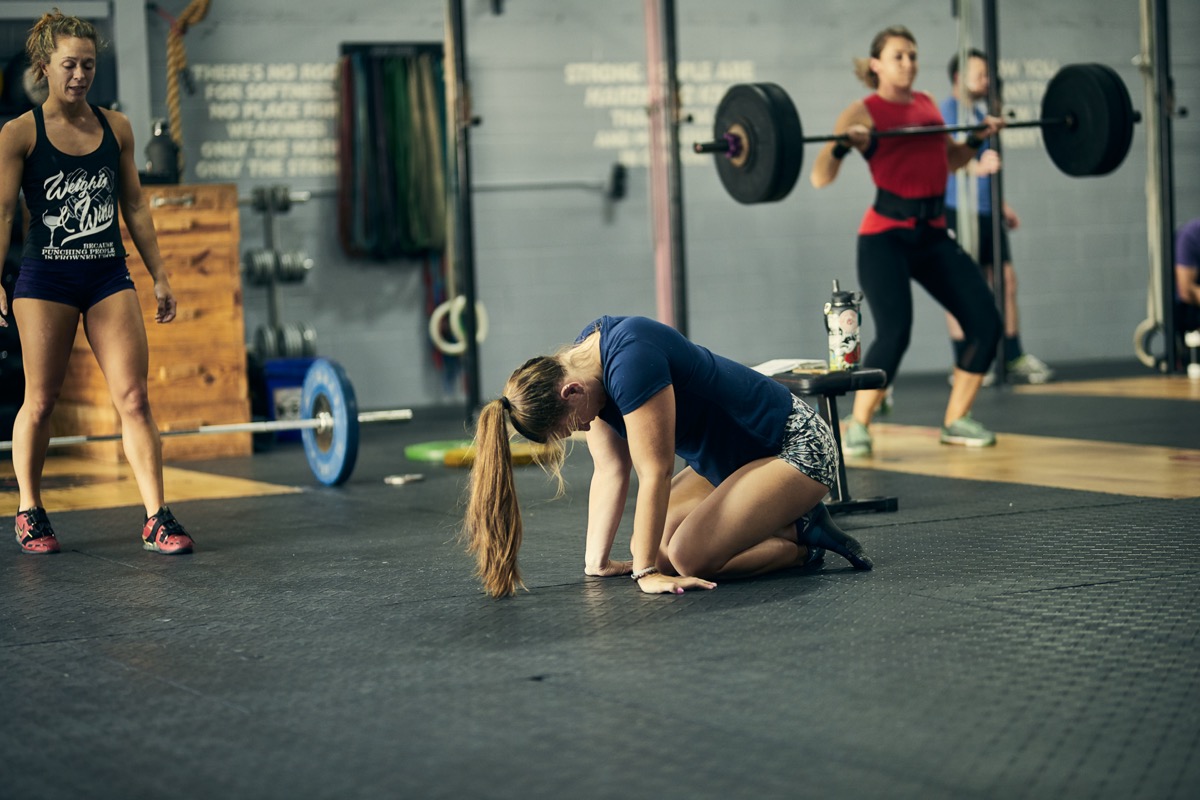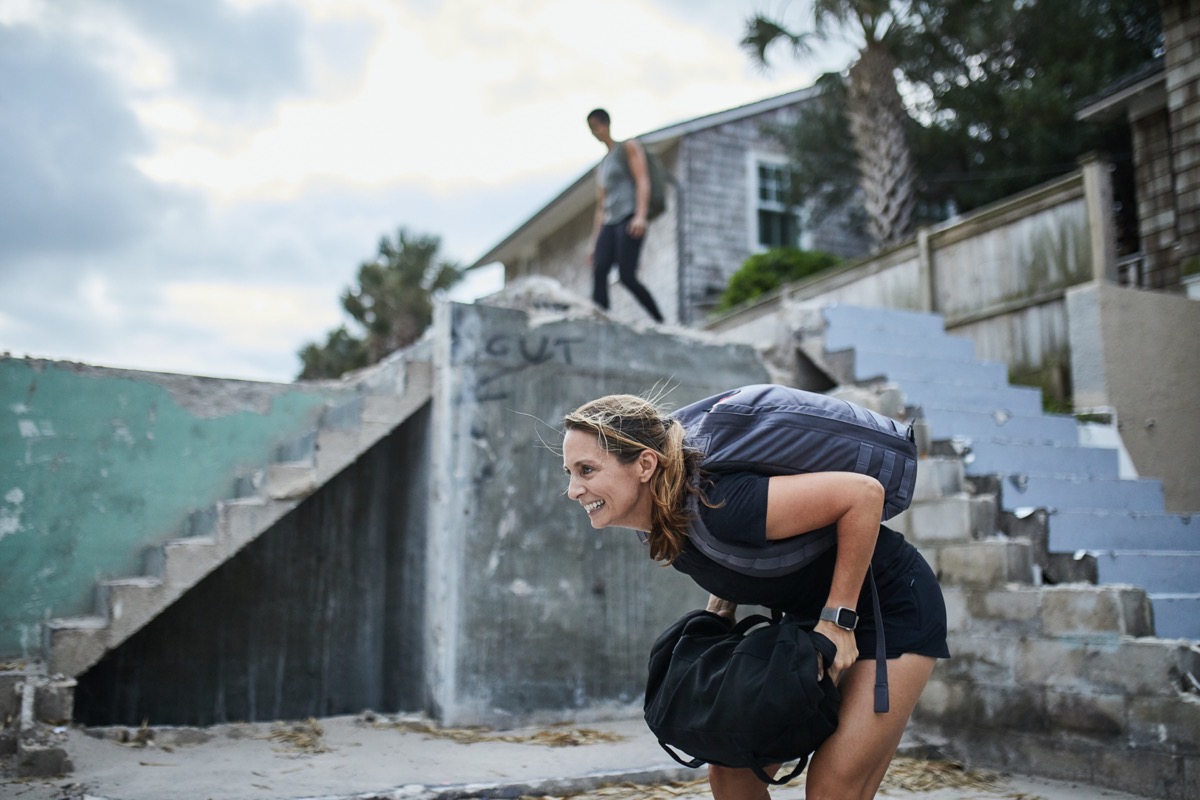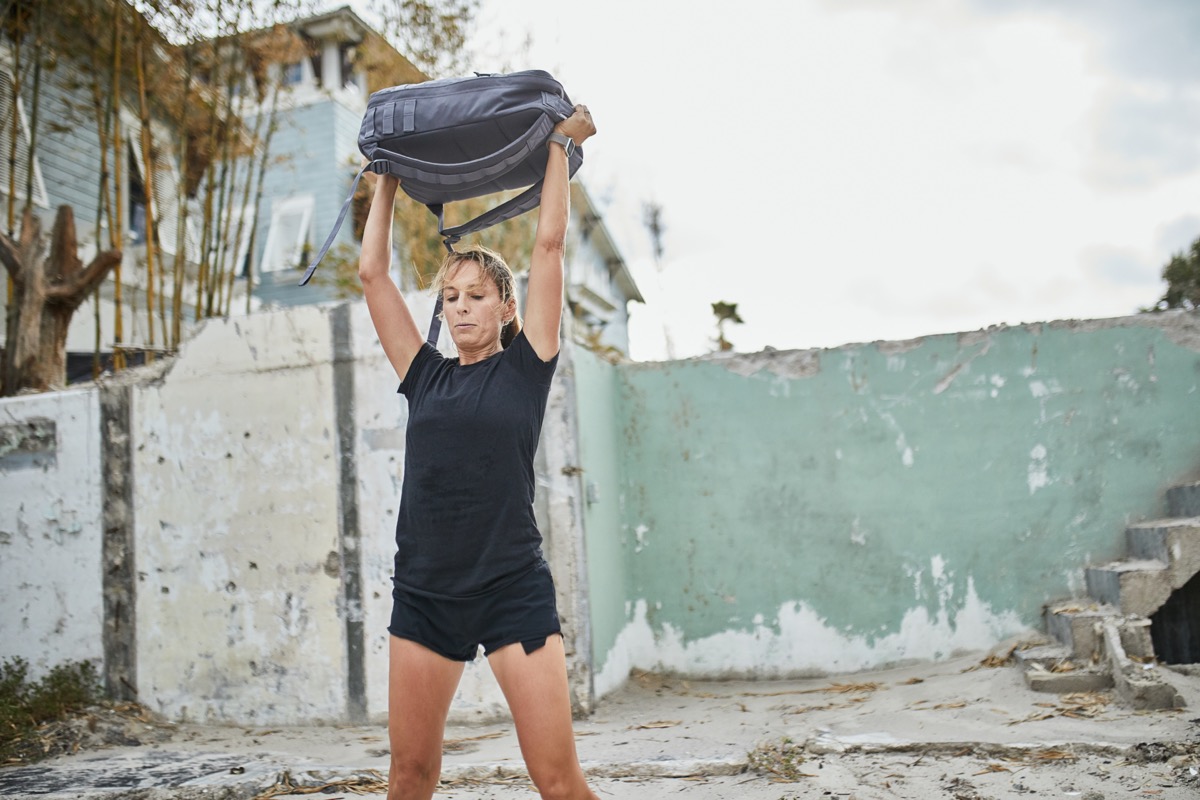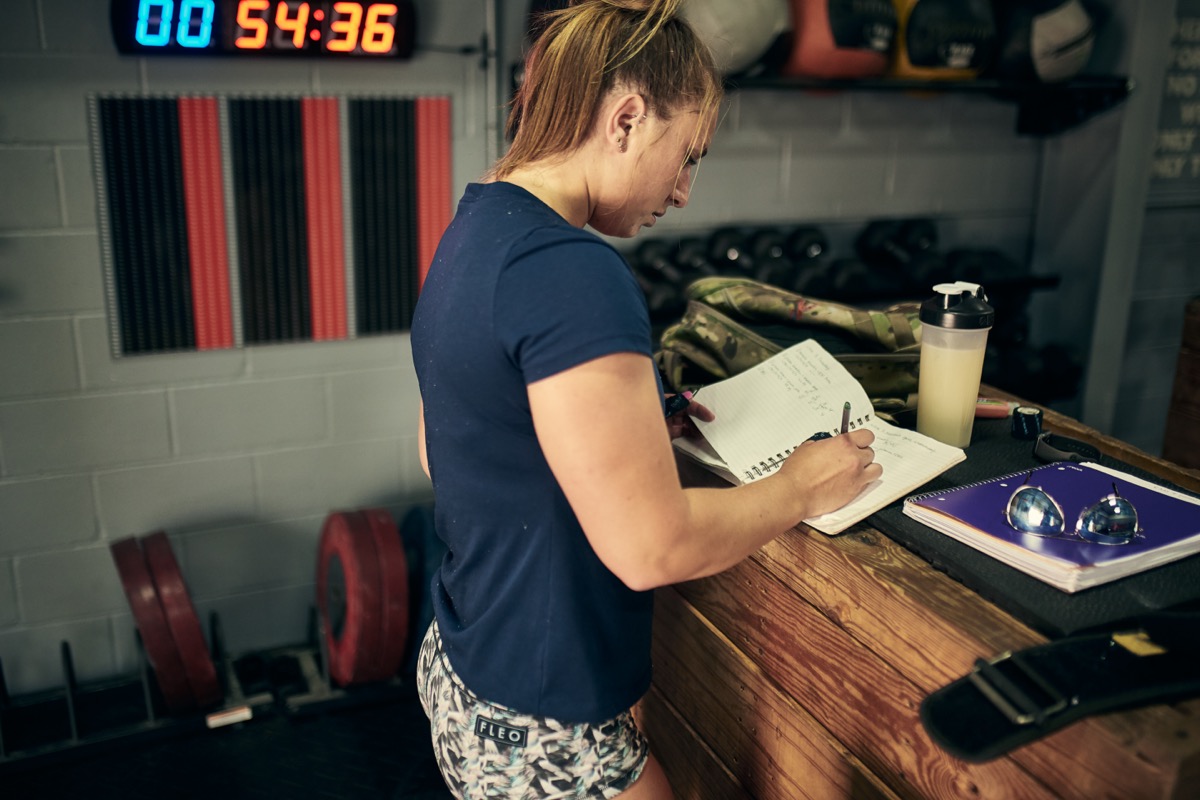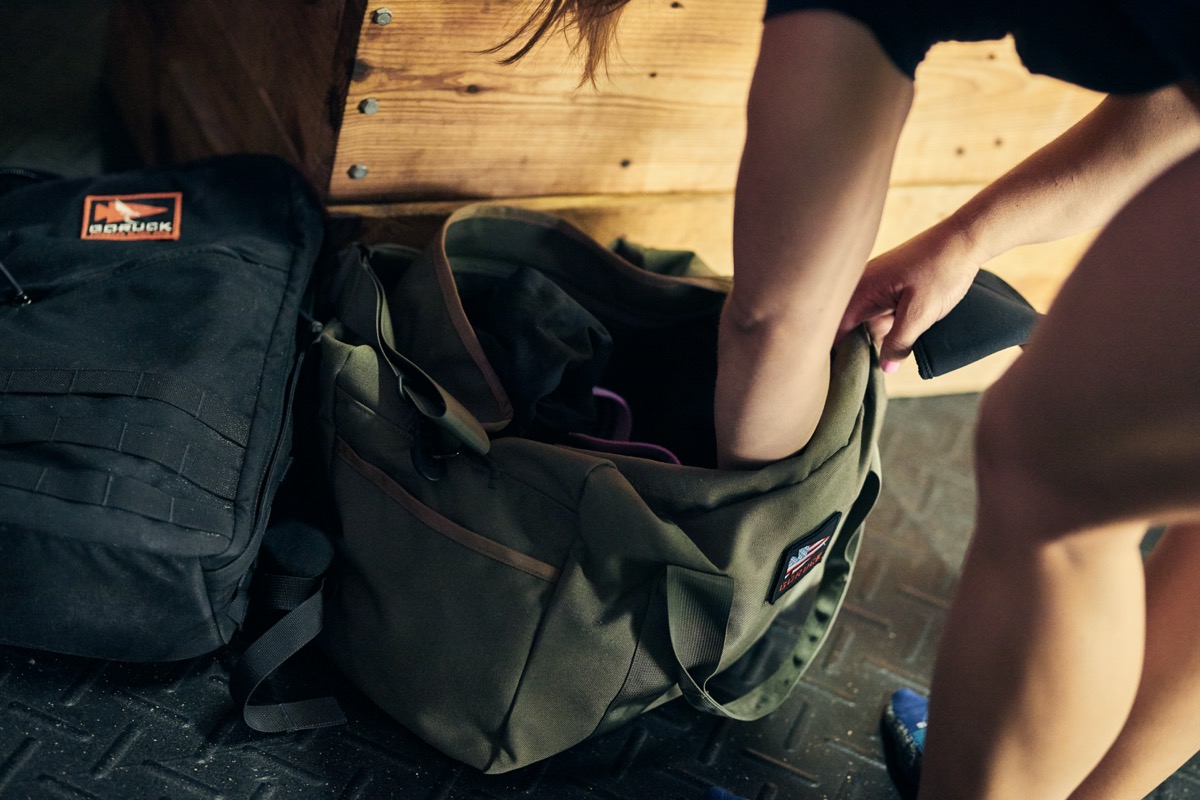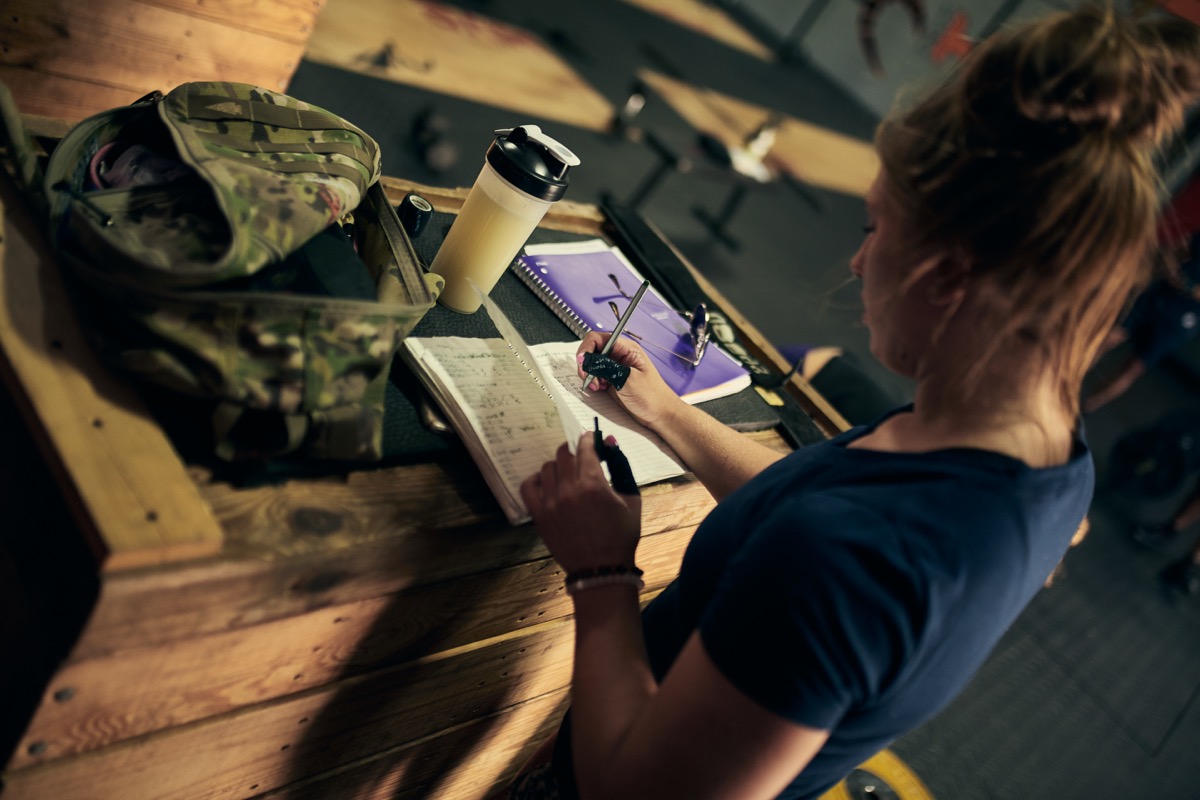“Ladies and Gentlemen, START YOUR ENGINES.” Jumping right into a soul crushing training session without a proper warm up can severely limit your training experience. But by adding in a specific warm up procedure, you can reduce your chance of injury, maximize your potential output, and have more fun learning your body and preparing for the journey.
Anti-preppers argue that “you never see a lion stretch before it takes down a gazelle” and they’re right. The King of the Jungle and your lifestyles only vary by a few degrees. You probably have a real job, a daily drive, kids to attend to, mobility issues from years of carrying heavy objects around for too far, preexisting injuries, and maybe a few extra “lbs” you’re still fighting off. Also, unlike the lion that is constantly in search of the next meal, your training needs to enhance your life. We “earn” our food and “finisher beers” by doing hard things. A little prep can make all the difference. We’re going to apply the acronym RAMP to help you easily remember the phases of what we believe will help keep you in the fight, healthier, stronger, and more resilient, for longer.
R – Raise Core Temperature
R designates “raise core temperature” or RUCK. Keeping it simple and just moving out for a few minutes at a lower speed and intensity will help grease the groove for whatever tasks lay ahead. These gradual steps help dilate your blood vessels, ensuring that your muscles are fed oxygen while literally heating you up for optimal flexibility, heart efficiency, and body mechanics. The goal is to break a little sweat and start tuning into how your body is feeling. Beyond shaking the cobwebs off, doing some simple joint rotations, breaking out of the “Tin Man” archetype. I can’t think of a better way to break a sweat than to start moving out under a light load. This is an intentionally reduced pace and focusing on the upcoming objectives. Crawl, walk, ruck faster. This is just the beginning. Ease in and find a rythme.
GOAL: Sweat on your forehead and back. If it’s cold outside, the cue is removing a layer of clothing or taking off your hat to help cool down.
A – Activate Key Muscles
A stands for “Activate key muscles.” I once read an “After Action Report” from a GRT that said he was “surprised at how little rucking they did” at his first event. And the truth is, every “mission” likely calls for different demands. Pulling ammo cans up a ladder, pushing broken down vehicles, assisting teammates over obstacles, moving a telephone pole, this stuff isn’t linear. In training, you’ll likely have little lead time to prepare, so I like to recommend focusing on the stabilizer muscles that you need to help support what will be primarily used.
Examples for upper body are the upper back, rotator cuffs, triceps, bicep tendons, and ensuring your hands are ready for action. A few of my “go to’s” are I’s, Y’s, T’s, banded pull aparts, or primal movements like bear crawls, inch worms, or hanging from a bar.
Lower body is simple because you’re likely already on your feet. But again, I like to recommend slow motion before springing into action. Some smooth high knee steps, tempo controlled air squats, and single leg stability drills get the legs primed for action by forcing you to balance. Moving laterally and in multiple planes can also ensure that your ankles, knees, hips, and trunk are prepared for whatever is about to come your way.
As you work your way through these speeds, levels, and ranges, you’re likely going to identify tightness, soreness, or areas that can be improved which leads us into our next phase.
GOAL: Prioritize stabilization muscles. Focus on the small things and the big things will follow suit.
M – Mobility
M represents for Mobility. I always recommend a practice of mobility “as required” because just being loose and bendy doesn’t equate to being a strong, powerful, and useful member of the team. Being overly flexible can come at a detriment to position, but there is always likely something we can work on. As a rule of thumb, starting from the ground and working your way up can be extremely beneficial. Simply rolling a ball along the arches of your feet can stave off plantar fasciitis. Compression on your ankles and achilles can push swelling out, reduce sticky fascia legions, and set every step up for success. Specific psoas “release” drills can help your breathing, bracing, and movement patterns. The list of problems and corrective techniques goes on and on and the application is dependent on your individual needs. These drills often times don’t tickle. There is a certain level of discomfort associated with making positive mobility changes. Embrace it while having a clear test, retest, and purpose behind this time investment.
We all have different areas that require special attention. It is your job to identify and apply the proper corrective exercises so that you both “maintain your machine” and work to stay as healthy throughout training as possible. If you’re lost here, find a professional to help identify some issues and solutions.
GOAL: Listen to your body and treat it with care. If you need to do any maintenance work, do it BEFORE the action. This is a continuous process and a moving target.
P – Practice, Position and Potential
P is 3 parts. Practice, Position, and Potential. A sandbag clean and press is simple. Pick it up and put it over your head. Without hundreds of practice reps though, there are a lot of little things that can go wrong and positional adjustments that can help set you up for success.
The practice period should be light, smooth, fundamentally sound and experimental. Find the right grip, understand the purpose, grease the groove before you let it rip. Practice a few movements to identify what you need to work on and identify an appropriate weight to use on each training session.
Positioning can mean the difference between a successful day and dropping out of an event. Think about 2 Ruckers, Jill and James. Both on a 10k ruck. Jill stands tall with her ruck, her head is up, shoulders firmly packed and supporting her ruck, midline is braced, and she knows what stride is best for her through lots of practice. James is a hard charger, with his neck sticking out, chest down, running or ruck stumbling any slight gradient down hill, and reaching for every step. We know how this turns out. Depending on speed, there may be a clear “winner” but there may also be extreme fatigue, unnecessary exhaustion, and possible injury. We need to think about our movement patterns carefully and practice all of them. Crawl, Walk, Run, when it comes to load and then speed.
Potential is the final part to the puzzle before we perform. When an observer says “you have potential” that might mean you currently suck. So adding in more practice reps and working on fundamentals and mastery of the basics of movements can absolutely increase your capabilities. This final stage of the warm up focuses on the potentiate that you hold. The goal is to augment the activity synergistically so that you perform at your greatest potential. This can be applied by finally going fast. Jumps, throws, quick sprints and generally moving faster is the final step before it’s time to crush.
GOAL: Practice your movements. Refine your techniques. Identify appropriate loads for your training session.
“If you fail to plan, you plan to fail.”
Finally, visualize your attack. At this point you should be sweating, breathing hard but not exhausted, and feel motivated about getting the work done.
Every day is going to bring new challenges. By testing and practicing the movements before you start, there shouldn’t be any surprises. Finding that pace of consistent and steady movement along with what “red line” feels like is a beautiful thing that can be managed by a systematic approach to preparation. By using the RAMP method to prime your system, you’ll ensure that you’re ready for whatever the day throws your way.
Here is an example of a quick warm up that can prime your body for performance preparing for a workout like 6 rounds of 12 ruck push ups, 12 sandbag cleans, 400m ruck.
Lace up the MAC-V’s:
R- RAISE CORE TEMPERATURE
- Ruck up, casual pace for 3 minutes
A- ACTIVATE KEY MUSCLES
- 5-10 slow unweighted air squats
- 5-10 slow motion unweighted push ups
- 5-10 normal speed squats
- 5-10 normal speed push ups
- 5-10 squat jumps as high as possible
- 5-10 fast push ups
M- MOBILITY
- 10 ankle rotations both feet
- 10 slow high steps
- 10 trunk twists
- 10 arm circles, move your hands in the motion I, Y, T for 10 reps each slowly, 10 neck rotations, shrugs, yes’s, no’s
P- PRACTICE, POSITION AND POTENTIAL
-
- Sandbag Clean practice – start light, work through 5-10 power cleans then gradually reduce the depth of the squat. Focusing on all the points of performance. Build up to your working weight for the day
- Ruck push-up practice: Judge the load and your capabilities, scale if necessary.
- Address other mobility issues – find what you need to work on and invest in your body maintenance.Visualize your fluid movements throughout.
- Grab a sip of water and get to work.
Lastly, a great way to cool down is the same way you warmed up – with a nice and easy ruck around the block, gym or parking lot. Grab a furry friend while you’re at it or just a regular one. You can get in your own headspace
What do I need to get started with rucking or ruck workouts?
I’ve got my gear, how do I know what workouts to do?
- We do the thinking for you with GORUCK Sandbag & Ruck Training aka GORUCK SRT. Get your first 2 weeks FREE! Sign up here.
Featured Apparel:
- Men’s American Training Shorts
- Men’s American Training Shirt
- I/O CrossTrainers
- Women’s American Training Shorts
- Ruck Plate Carrier…back in stock in October!
- Ballistic Trainers…coming in October!


